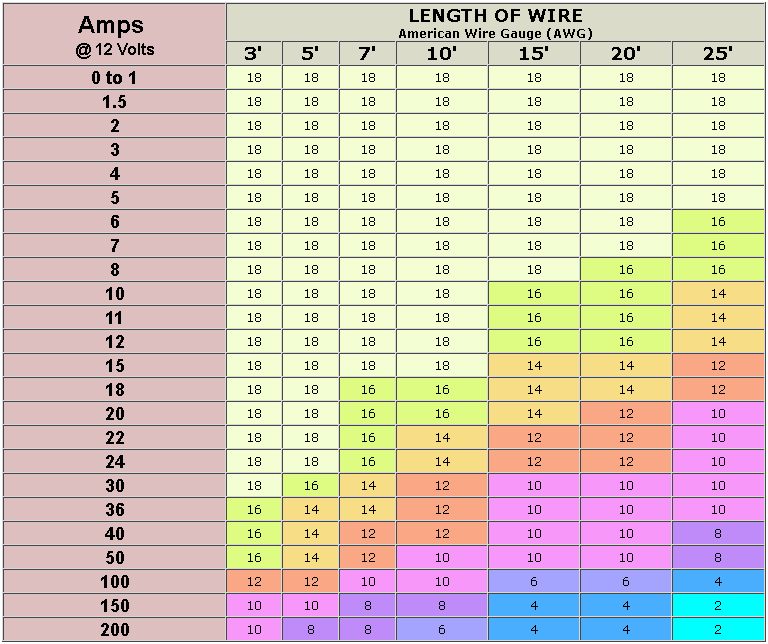Thanks. I can find stuff for 10 gauge and smaller easily but 8 gauge and larger is impossible. I couldn’t easily find 8 gauge spade connectors for the relays anywhere. I’m still trying to find 10 gauge relay harnesses to make wiring easier.
Looks like you are going to do a proper job of this, so here's some info I can add to what's above.
There are purpose built devices that will handle low voltage disconnect, high voltage disconnect as well as timer controlled ignition sense. Lind, Charge Guard and a few others are the ones that come to mind.
While they'll cost you more than just a relay, they provide some nice features and make the whole install a bit easier, as they are designed to run 30 amps (or more depending on the model). They have appropriately sized connection points. These are the sorts of things you'd commonly find controlling power for emergency vehicles. They are often worth it since they put many features in one box and make it a lot easier to wire up.
Shop around on E-bay, and you can find new or like new ones for $20 or so. Last one I bought looked brand new, in the original box and was $20 bucks.
https://lindelectronics.com/products/shutdown-timers/
Havis Products | CG-X Chargeguard-Select
Lind Electronics Shut Down Timer Model SDT1230-014 LR | eBay
Havis CG-X ChargeGuard Select Control Module | eBay
etc. There's a lot on E-bay, or you can pick up a new one if you shop around.
As for the wire size, there's a couple things to look at:
1. current draw.
2. allowable voltage drop
3. conductor "loop" length
Using this formula, it'll tell you what size conductor you need. There are some online calculators that will do it for you:
DC Cable Sizing Tool - Wire Size Calculator - MM2 & AWG - solar-wind.co.uk (be aware, length is in meters. Also, use the "loop length" for the conductor length, that's the length of the + feed AND the length of the return/negative lead combined.
There are other out there.
I've got the formula at work, not here at home, so I can get that for you if you want it.
As for the conductors themselves, make sure you get the wire that is rated for automotive use. The correct cable will have an SAE-J number on it, like: SAEJ1128. The jacket is rated for the heat, gas, oil, etc. that it will be exposed to under the hood on it's way to the battery. In addition to the insulation, it'll have a fine stranded wire inside that works well in environments that will be exposed to vibration.
As for finding the crimp connectors, they are out there. When you go above 10 gauge (numerically lower numbers) you won't be able to crimp with your hardware store crimpers. Running a smaller cable might be fine for what you are doing, but don't do it simply to save money on crimp connectors.
Using the right install parts will prevent a lot of headaches later. Vibration, improperly crimped connectors, corrosion, etc. are all things that can make you go crazy down the road.
Most of all, use the right type of wire for this. The THHN type stuff you'll find at the local hardware store isn't the right wire. While the TH series wire will often have some oil resistance, they use larger/stiffer strands that can risk breaking with vibration.


